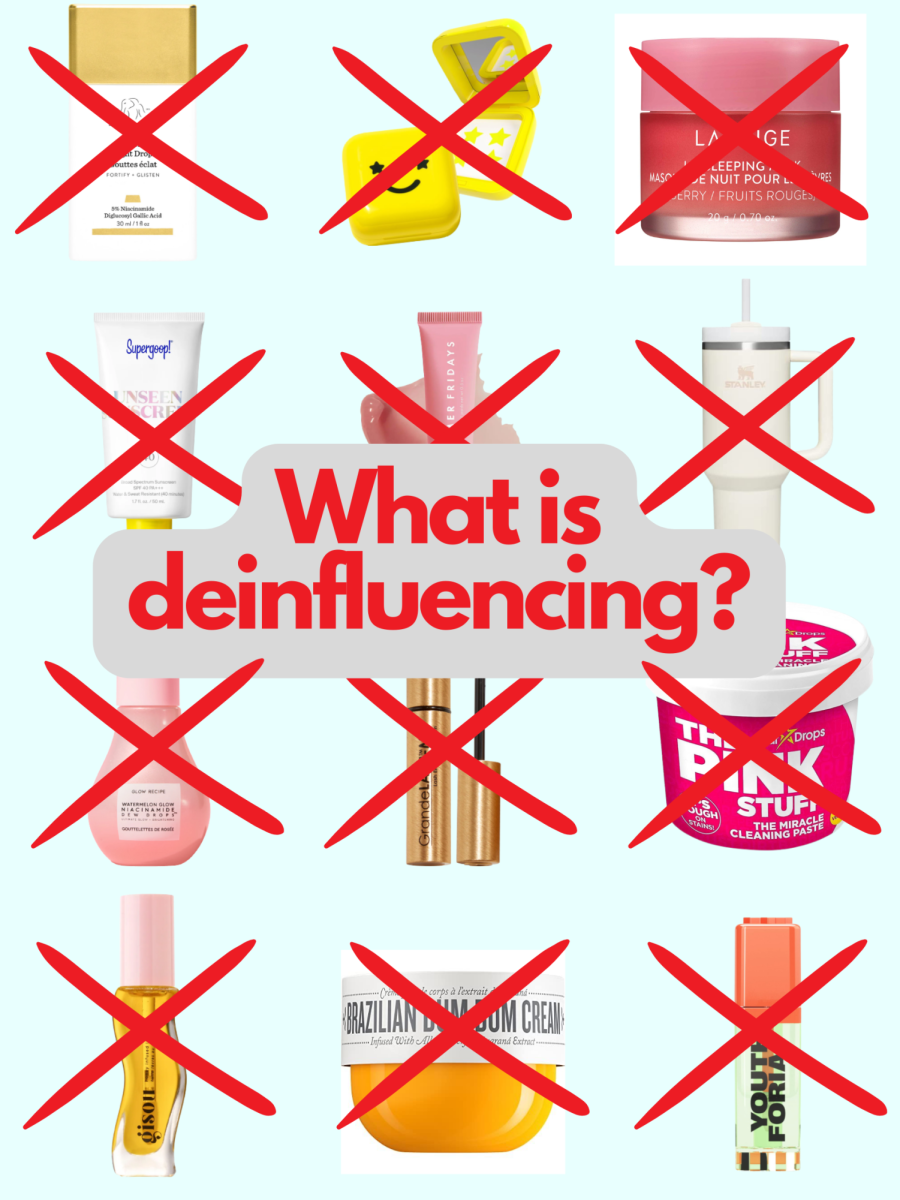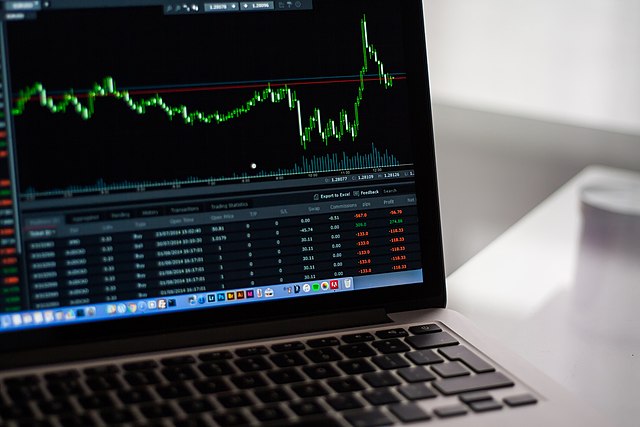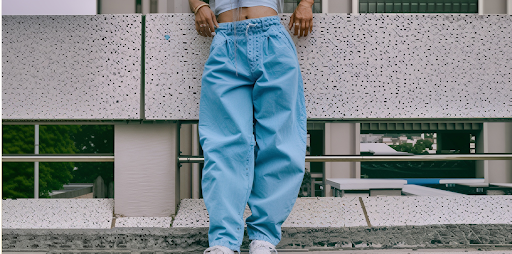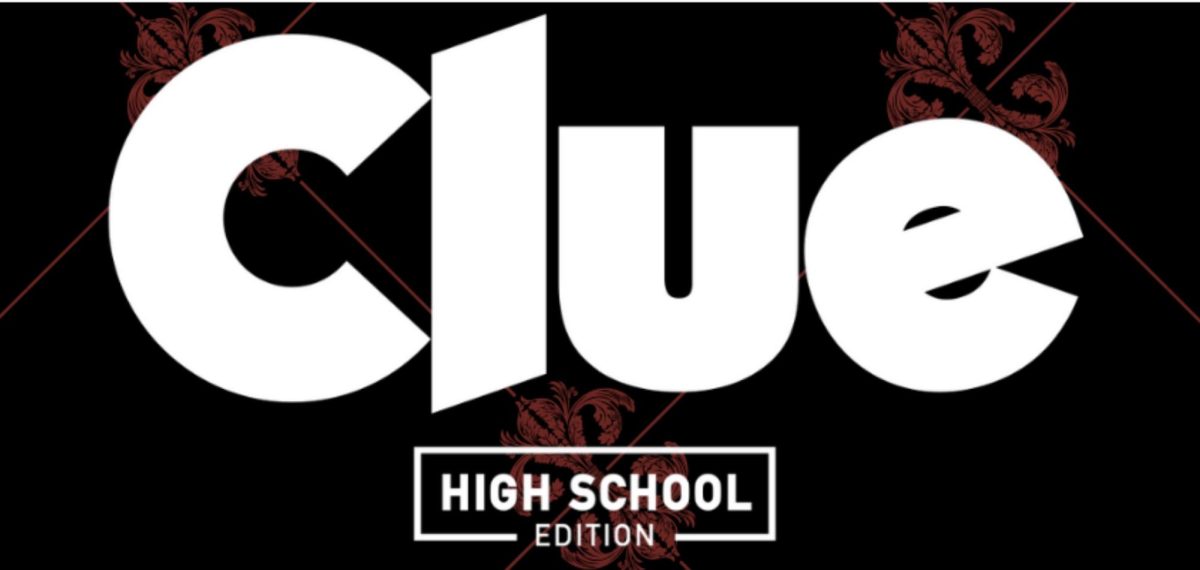Influencers on social media play a huge role in consumerism in today’s economy. According to Search Engine Watch, “54% of social media users use social media to research products and 71% are more likely to purchase products and services based on social media referrals”. But, there is a new trend being shown on social media platforms. What is deinfluencing?
The definition is in the name; deinfluencing is a trend that discourages viewers from purchasing the newest trending products. It prevents impulse purchases and helps the viewer rethink their decision on if they really need the product.
Many influencers have lost trust in their viewers, because of ads, leaving fans to believe they are only promoting a product to get paid. The rise in deinfluencing gains trust in the viewers because their advice sounds honest and genuine.
Another benefit of deinfluencing is the step towards minimalism. Without these impulse purchases, consumers are buying less, positively impacting the overconsumption problem. Although overconsumption is a global issue, the United States alone has increased over 400% in consumer spending. For example, let’s look at the overconsumption of clothing. The United Nations Environment Programme states that people are purchasing 60% more clothes and only wearing them for half as long. This has become a serious issue as the clothing contains toxic dyes polluting oceans and wastewater, as well as exploiting underpaid workers (Read more about fast fashion here). With the trend of deinfluencing, consumers are spending less on clothes, helping with the issue.,
It is refreshing to see the new trend across social media. Don’t trust everything you see on social media; and listen to deinfluencers, rather than influencers. Read more about consumerism and sustainability from these articles on the Gators Eye:
- Trick or Trick: Spooky Season Consumerism
- How To Be More Environmentally Conscious During the Holidays
- 5 Sustainable Brands/Stores













